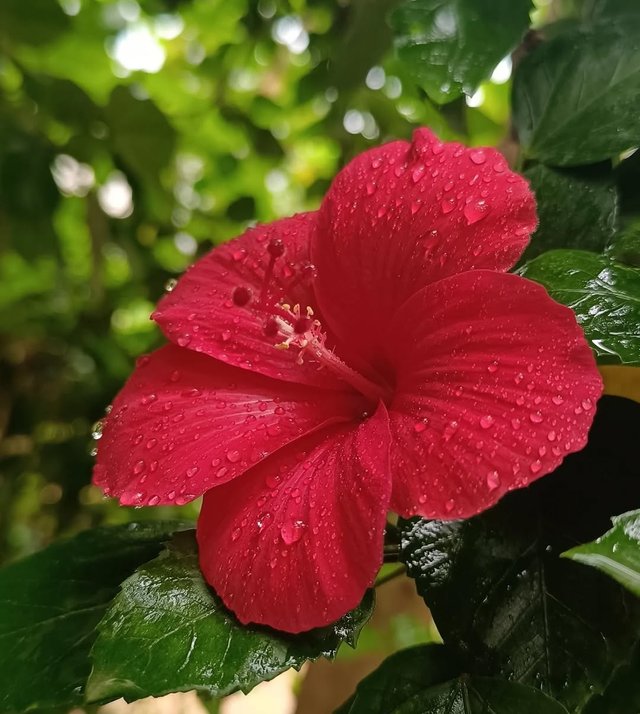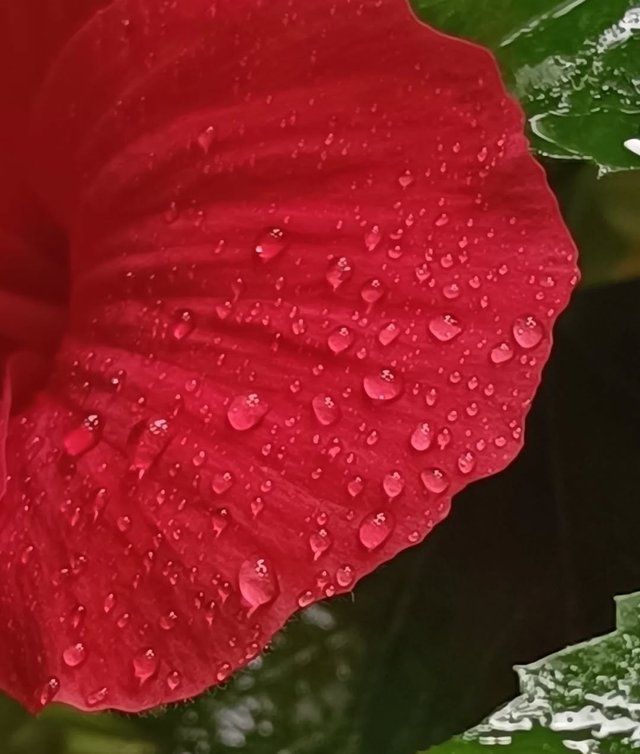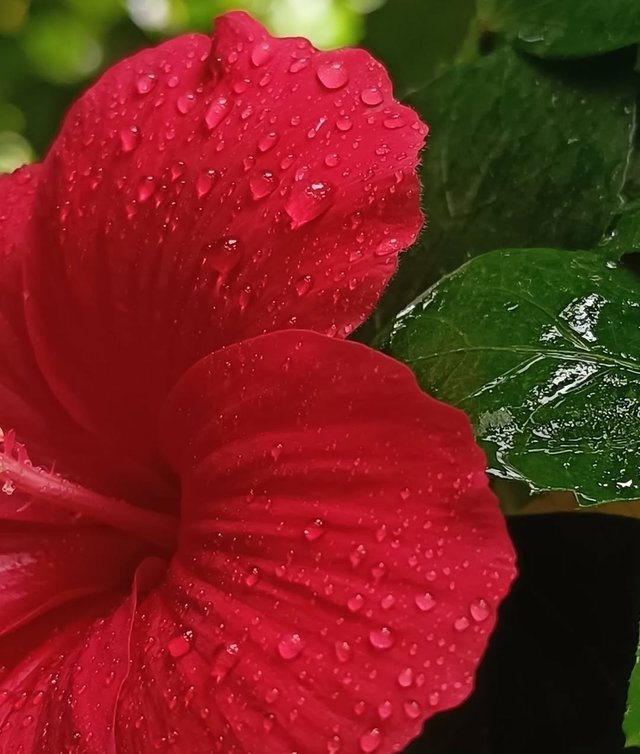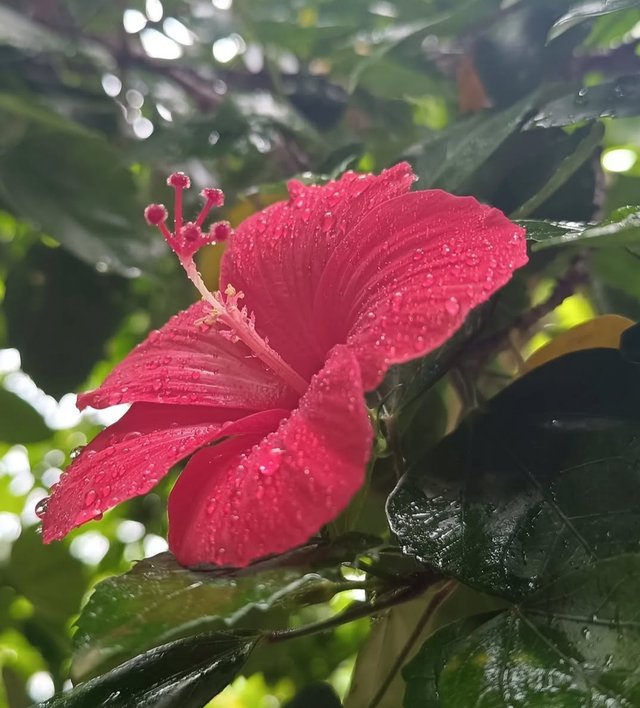Wonderful Shoeblackplant Flower
Shoeblackplant: A Symbol of Beauty and Vitality
The Shoeblackplant, scientifically known as Hibiscus rosa-sinensis, is a striking flowering shrub revered for its large, vivid blooms and cultural significance. Commonly called China rose, Hibiscus, or simply Shoeblackplant in various parts of South and Southeast Asia, this evergreen beauty is a beloved ornamental and medicinal plant. With its brilliant trumpet-shaped flowers and glossy leaves, it has secured its place in gardens, balconies, and ceremonial spaces across tropical and subtropical regions worldwide.
Botanical Description
Family: Malvaceae
Genus: Hibiscus
Species: rosa-sinensis
Common Names: Shoeblackplant, Chinese hibiscus, China rose, Hawaiian hibiscus, Gudhal, Gumamela.
Origin: Likely native to East Asia, possibly China or India, though the exact origin remains uncertain.
The Shoeblackplant typically grows as a shrub or small tree ranging from 4 to 10 feet tall. Its stems are woody at the base and become more herbaceous towards the top. The plant boasts dark green, glossy leaves with serrated edges and a leathery texture.
The real showstopper is the flower: large, five-petaled, and incredibly colorful. Though red is the most iconic color, Shoeblackplant flowers come in various shades—pink, yellow, orange, white, and even bi-colored hybrids. Many cultivars also exhibit double-petal forms, ruffled edges, or variegated leaves.
Uses and Cultural Significance
Ornamental Value
The Shoeblackplant is one of the most popular tropical flowers in landscaping. It thrives in warm climates and provides year-round color with minimal care, making it ideal for:Garden borders
Potted displays
Hedges and privacy screens
Medicinal Uses
In traditional medicine systems like Ayurveda, Unani, and folk remedies, various parts of the Shoeblackplant are used to treat ailments. Common uses include:
Hair care: A paste of hibiscus petals and leaves is used to promote hair growth and treat dandruff.
Fever and infections: Infusions of the flowers are said to have antipyretic and antimicrobial properties.
Menstrual problems: The plant is believed to balance hormones and alleviate cramps.
Wound healing: Leaf extracts are applied to minor cuts and wounds.
Religious and Cultural Importance
In Hinduism, the red hibiscus is sacred to Goddess Kali and Lord Ganesha, often offered during rituals. In parts of Southeast Asia and the Pacific Islands, hibiscus flowers are worn behind the ear or woven into garlands for ceremonies and festivals.
| Device | cannon eos 700D |
|---|---|
| Lens | 55-250 zoom leans |
| Location | Bangladesh |




